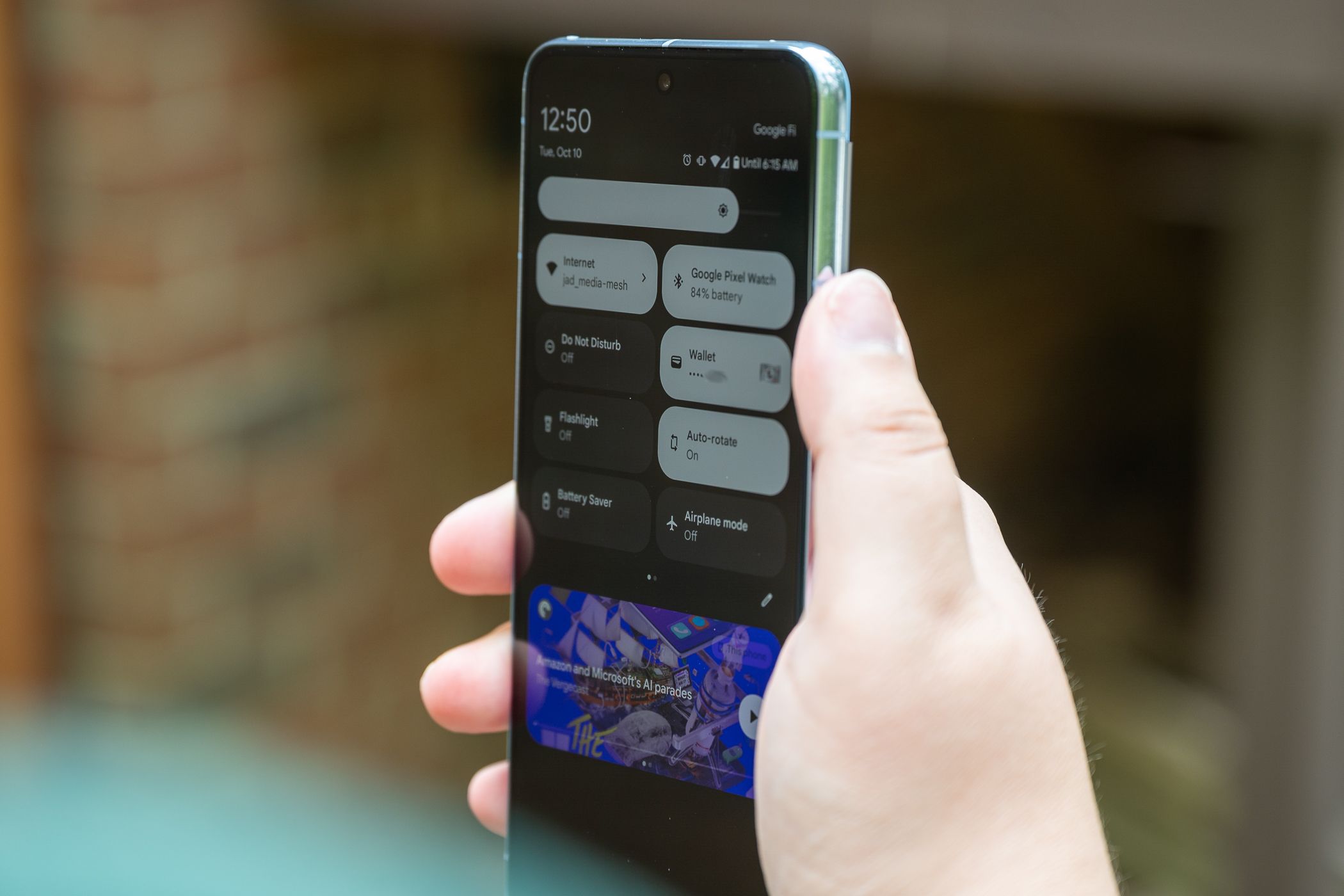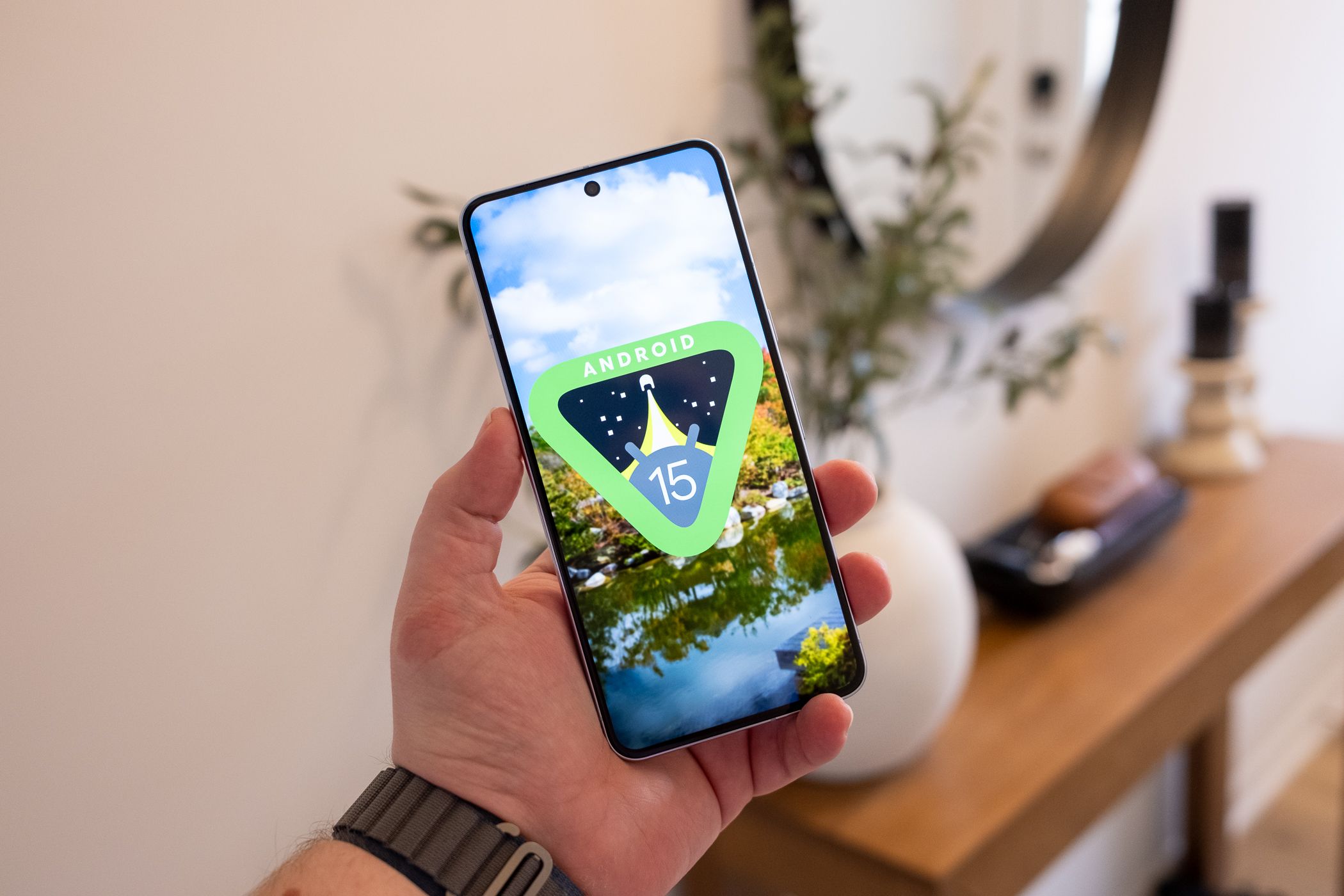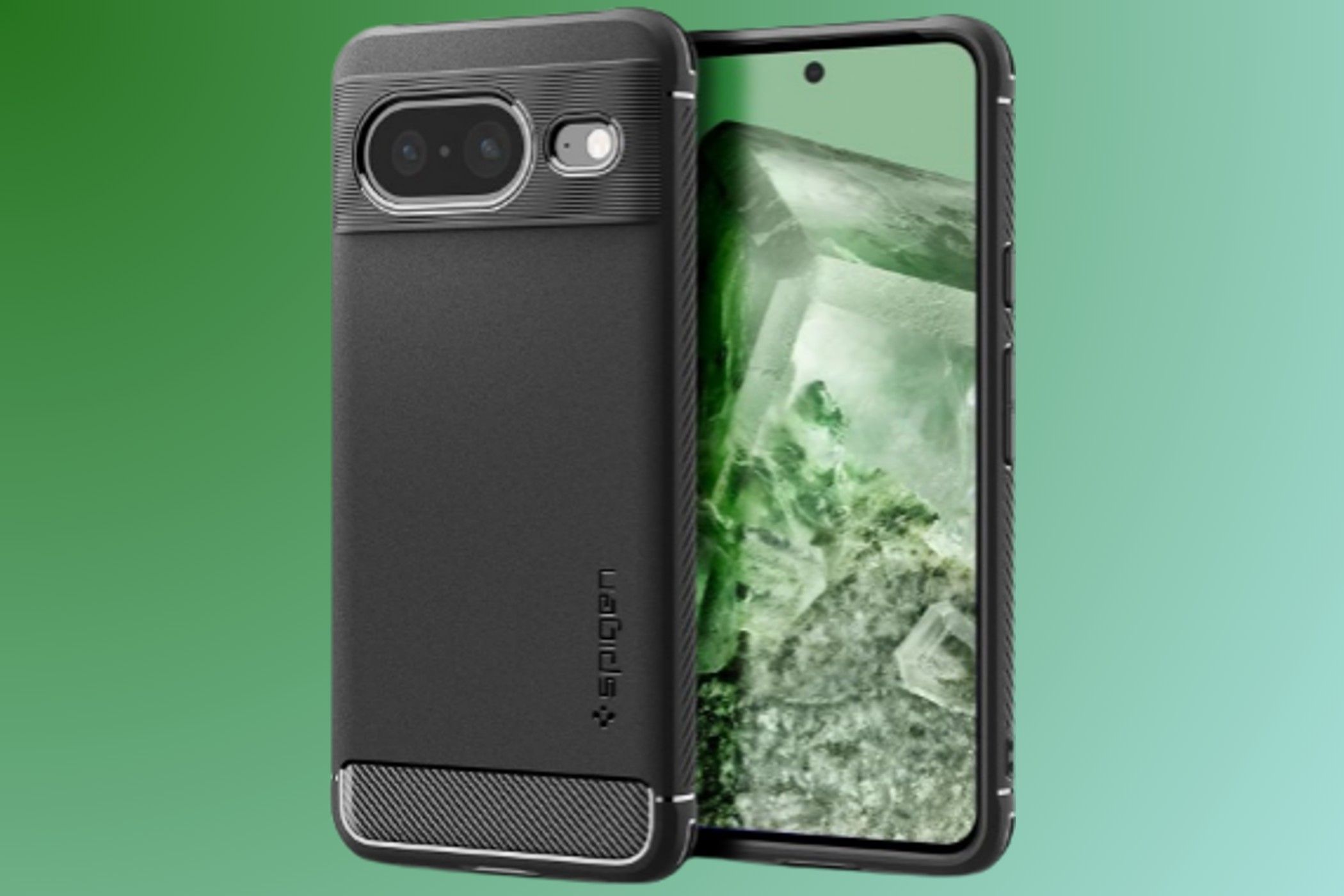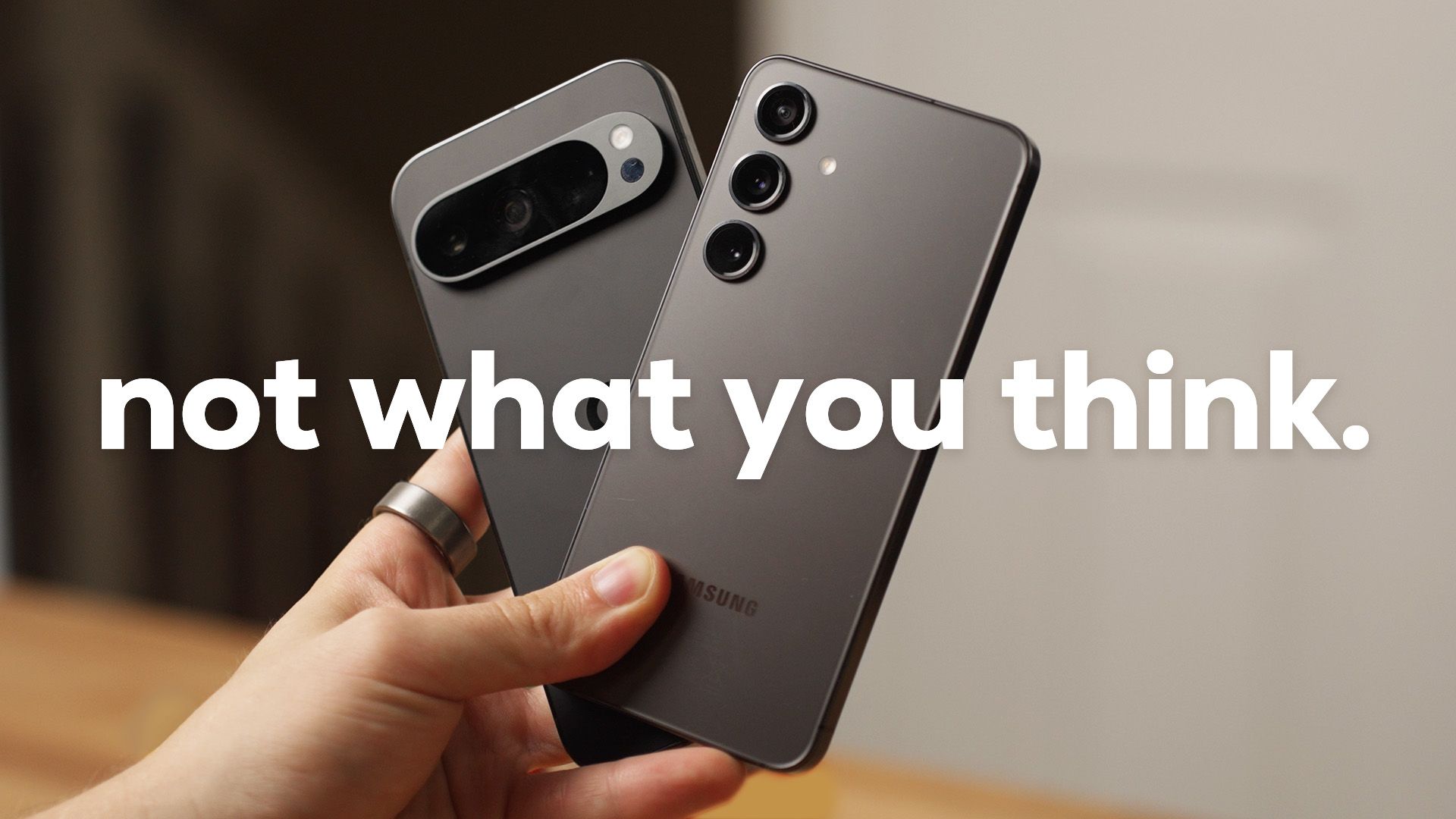When I decided to upgrade my phone, I knew I wanted something with better cameras, more power, and, of course, a clean software experience. While the Pixel 9 was calling my name with all the latest features, I quickly realized that it wasn’t within my budget at $799.
Meanwhile, the Pixel 8 was available for under $400—a steal for what it offered. Initially, I had some doubts about buying a year-old phone, but after taking the plunge, I can confidently say it was one of the best decisions I made. Here’s why I believe opting for a one-year-old flagship is worth every penny.
Stellar Performance That Stands the Test of Time
One of the biggest concerns when opting for last year’s model is whether it still holds up in terms of performance. For the Pixel 8, the answer is a resounding yes. Powered by Google’s Tensor G3 chip and 8GB of RAM, it handles everything I throw at it—whether it’s multitasking, social media scrolling, or even light gaming—without breaking a sweat. The Pixel 8 has remained as fast and smooth as the day I bought it, with no noticeable slowdown for now.
This brings me to the larger point: year-old flagships are built to last. With powerful processors and premium components, they offer a long lifespan. I rarely play mobile games, but for everyday tasks, I’m not missing out on anything by opting for a device that’s not the latest release with the best performance out there.
Extended Software Support
One of the key reasons I chose the Pixel 8 is Google’s extended software support. With a promise of seven years of updates, I don’t have to worry about my phone becoming outdated anytime soon. This level of long-term support is a major advantage over many other brands, ensuring I’ll continue receiving Android updates, security patches, and new features well into 2030.
That said, Samsung also excels in this area. For example, the Galaxy S23 series offers four years of OneUI updates and five years of security patches, which is impressive. Plus, the S23 series often goes on sale, so if you’re leaning towards a Galaxy, the S23 is a fantastic choice.
Attractive Pricing and Seasonal Deals
Let’s talk about pricing. With new models constantly hitting the market, last year’s flagships often see hefty price drops—an amazing chance for savvy shoppers like us! Seasonal deals and clearance sales make it even easier to snag a high-quality smartphone at a fraction of the original cost. I’ve come across incredible discounts on flagship models, proving you don’t need to compromise on quality to stay within your budget. Plus, the money you save can go toward a great case or some premium earphones.
With the Pixel 9 priced at $799, the Pixel 8’s sub-$400 price tag is an absolute bargain. You’re getting nearly all the flagship features for a fraction of the cost, making it a smart choice, especially if you’re budget-conscious. Who doesn’t love scoring a great deal?
Proven Reliability and User Feedback
By the time a phone has been on the market for a year, it’s gone through rigorous testing by users, which means plenty of real-world feedback is available. The Pixel 8, for instance, has already proven itself, and after reading user reviews, I felt confident knowing it had been thoroughly tested. The phone has received high praise for its performance, cameras, and overall reliability.
Contrast this with the Pixel 9, which is still new and may have some bugs or issues that need ironing out. Choosing a one-year-old flagship means you’re opting for a more polished, tried-and-tested device that has had time to mature and get refined through updates.
You’re Not Losing Out Much
So, are you really missing out by choosing a year-old flagship? In my experience, the answer is no. Take the Pixel 9 as an example—it brings a brighter screen, a better ultrawide camera, and Google’s latest AI-powered features. But when you break it down, these are all incremental upgrades. The Pixel 8, with its Tensor G3 chip and high-quality display, can deliver nearly the same experience at a fraction of the price. Plus, many of the Pixel 9’s software-based tricks, like the new Gemini AI features, will likely trickle down to older models through future updates.
Now, it’s true that with older flagships, you’re not getting all the bells and whistles of the latest release—companies need to keep some features exclusive to the newest models to encourage sales. But in most cases, what you’re missing out on is relatively minor and doesn’t make a huge difference in everyday use. If you’re on a budget, you’re still getting a top-tier experience with a device that will remain relevant and functional for years.
That said, if you have the money to spare and truly want the latest and greatest, then by all means, go for it. But I’d encourage you to pause and consider whether you really need those new upgrades. Will a slightly brighter screen or a better ultrawide camera truly make a noticeable difference in your daily experience, or are you paying extra for features you might not use that often? In my case, I found that opting for a year-old flagship like the Pixel 8 gave me everything I needed without the hefty price tag.
So, Should You Take the Plunge?
If you’re on the fence about upgrading, the answer really depends on what you’re looking for in a phone. If you want a device that offers premium features, excellent performance, and long-term software support—all without paying the full price for the latest model—then a year-old flagship is a smart choice.
Of course, there are some trade-offs, like missing out on the very latest features or possibly dealing with a slight decrease in resale value, but these are small sacrifices compared to the value you gain. With seasonal deals and discounts making older flagships even more affordable, it’s hard to ignore the opportunity to get a high-quality device for much less.
So, if you don’t mind losing a bit on the latest tech and prefer to get the most out of your budget, taking the plunge with a one-year-old flagship could be a decision you’ll be glad you made.








